
Long-read
It’s time for gay people to turn our backs on Pride
This month-long orgy of virtue-signalling, fetishism and gender ideology is taking gay rights backwards.
Want to read spiked ad-free? Become a spiked supporter.
The impact of the riots at the Stonewall Inn in June 1969 has often been overblown. Those few summer days when the beleaguered gay community fought back against the police on the streets of New York City are rightly considered a milestone in the struggle for equal rights in the West. But endless arguments about ‘who threw the first brick?’ have obscured the truth that gay equality was achieved by the activists who persisted in the aftermath, harnessing that energy and changing the world forever.
Perhaps a more important milestone was the march organised by a handful of campaigners a year after Stonewall. Craig Rodwell’s idea had been to make this a yearly commemoration that would supersede the ‘Annual Reminder’ picket events that he had been holding every Independence Day in Philadelphia since 1965. It would be known as the ‘Christopher Street Liberation Day’ – later retrospectively rebranded as the first New York ‘Pride’ march – and it was orchestrated chiefly by Rodwell, Fred Sargeant, Linda Rhodes and Ellen Broidy.
The march took place on 28 June 1970, and it was an audacious display. Police hostility to gay people was rife, the local media were overwhelmingly unsympathetic and there were fears of violent repercussions from observers. The day passed off peacefully, perhaps because of a general sense of astonishment that thousands of gay people would assemble so openly. A reporter for the Village Voice wrote that ‘no one could quite believe it, eyes rolled back in heads, Sunday tourists traded incredulous looks, wondrous faces poked out of air-conditioned cars’. At the head of the march, Fred Sargeant carried a bullhorn and called out instructions to the marchers as they made their way from the West Village to Central Park.
Fifty-four years later, and Pride has transformed from an important act of resistance into a month-long orgy of corporatism and virtue-signalling, full of heterosexuals desperate to identify themselves into an oppressed group with the help of trans ideology. ‘Progress Pride’ flags flutter from every high-street store. This relatively new design – a kaleidoscopic eyesore that has replaced the traditional six-stripe Pride flag – is emblazoned on schools, universities, hospitals, civic buildings. In the city of Arlington in Texas, this year’s family friendly Pride event included displays of dildos, half-naked drag queens and human dogs in bondage gear, all co-sponsored by Lockheed Martin, the world’s largest producer of armaments. In London, numerous pedestrian crossings have been repainted with the ‘Progress Pride’ motif. Police horses find walking across the coloured stripes confusing and disturbing, so the animals have undergone special training to overcome their fears. After all, it is essential to address the rampant homophobia within the equine community.
What might the thousands who turned out on that summer day in New York in 1970 make of this distorted version of Pride? Those gay men and lesbians who risked social ostracism and physical violence to gather in public have little in common with this garish and unsettling facsimile. A poll from 2021 determined that almost 40 per cent of Americans between the ages of 18 and 24 now identify as LGBTQ. Given the vast majority identifying as such do so as ‘trans’, ‘nonbinary’ and ‘queer’, this means it is statistically certain that gay people are now the minority in this coalition. The early pioneers of gay rights didn’t risk so much for their movement to be usurped by fetishistic heterosexuals with a martyr complex.
It would be interesting to see polling data on how many gay people support Pride in its new ‘trans-inclusive’ incarnation. One recent poll on X asked a simple question: ‘Do you want Pride anymore?’ And although 93.5 per cent of respondents replied in the negative, social-media polls are notoriously useless and we would be unwise to draw any conclusions from them. Still, it is surely significant that this poll was reposted by Fred Sargeant, and that his answer was a resounding ‘No’. That the man who led the first Pride march, bullhorn in hand, should now reject the annual event that he co-created because of its embrace of gender ideology is far from trivial. Nor is it trivial that while handing out pamphlets critical of the trans movement at a Pride event in Vermont in 2022, Sargeant was physically attacked by trans activists.
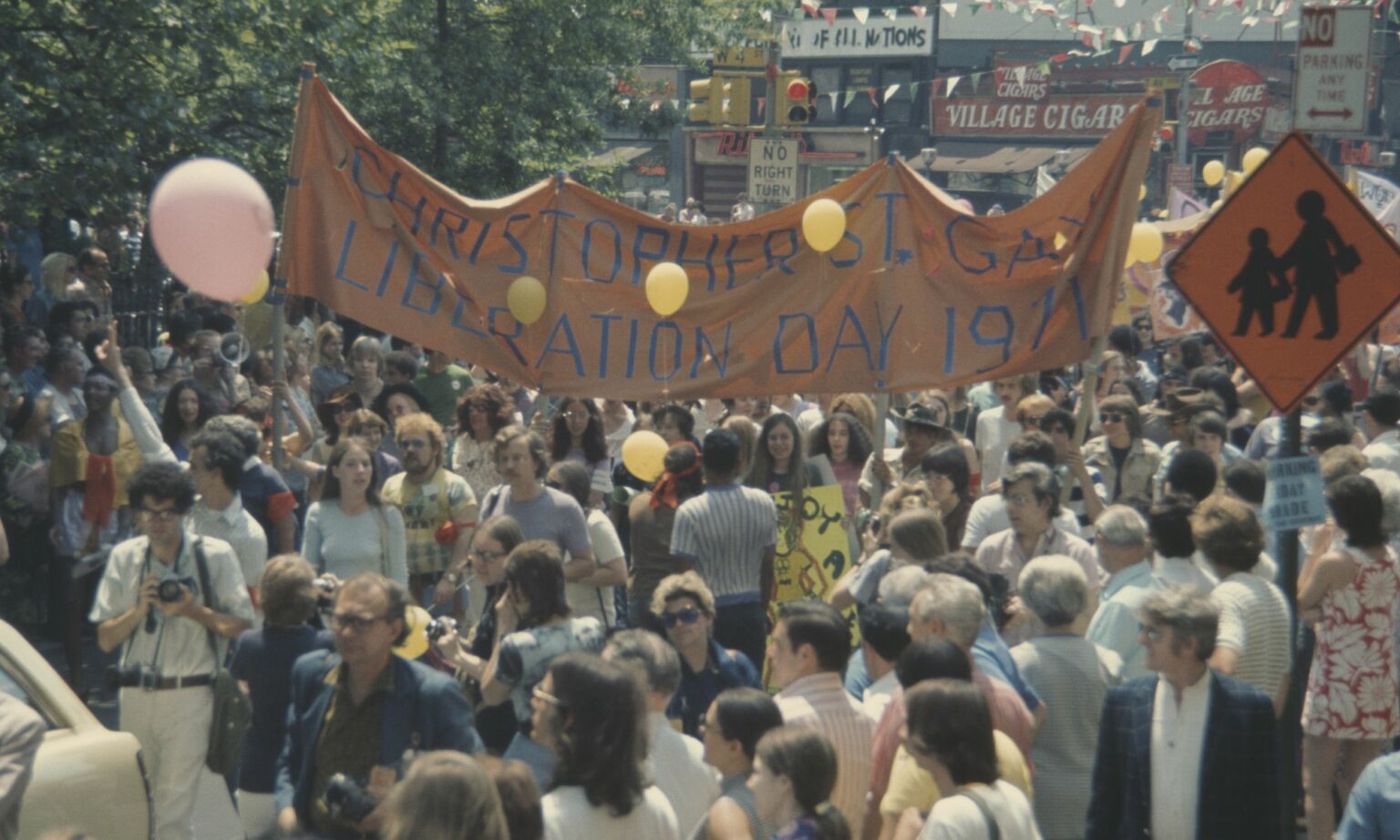
He is not alone. Many gay people have expressed dismay at the metamorphosis of Pride and feel that it no longer represents them. This can be confusing for those who have not been paying attention to its ongoing political evolution, but there is a very good reason why groups of gay men and lesbians are now holding alternative Pride rallies this year. In August 2022, police insisted that lesbians leave a Pride parade because their banners, proclaiming that ‘lesbians don’t like penises’ and ‘trans activism erases lesbians’, were causing consternation. When gay people are being escorted away from Pride marches by the police, we can safely say that the movement has fallen.
Some might argue that the LGBTQIA+ explosion is an example of what happens when liberalism goes unchecked, that it is the natural consequence of an excess of tolerance and the rise of identity politics. Yet while identity politics in its current intersectional form has proven to be deeply illiberal and regressive, there have been sound reasons throughout history for people with shared characteristics to organise and resist. Unlike the various campaigns for imaginary victimhood that dominate today’s ‘social justice’ causes, being openly gay in the 1970s came at a huge cost. At the time of the first Pride parade, every state in the US with the exception of Illinois criminalised gay sex. In services and employment, discrimination against gay people was permitted, and even most progressives assumed that homosexuality was a mental illness. This is a world away from the exaggerated or fabricated grievances of the diversity, equity and inclusion industry today.
Now that gay people have complete equal rights under the law, the protest element of Pride has been appropriated by those with an apparent craving for oppression. Asexual activists, for instance, have taken centre stage at certain Pride events, even though nobody in the history of humankind has ever been burned at the stake for not wanting to have sex. It isn’t the case that those who identify as asexual are facing discrimination; it’s that nobody cares about what they don’t get up to in the bedroom. But of course, for those of a narcissistic temperament, there can be nothing more devastating than being ignored.
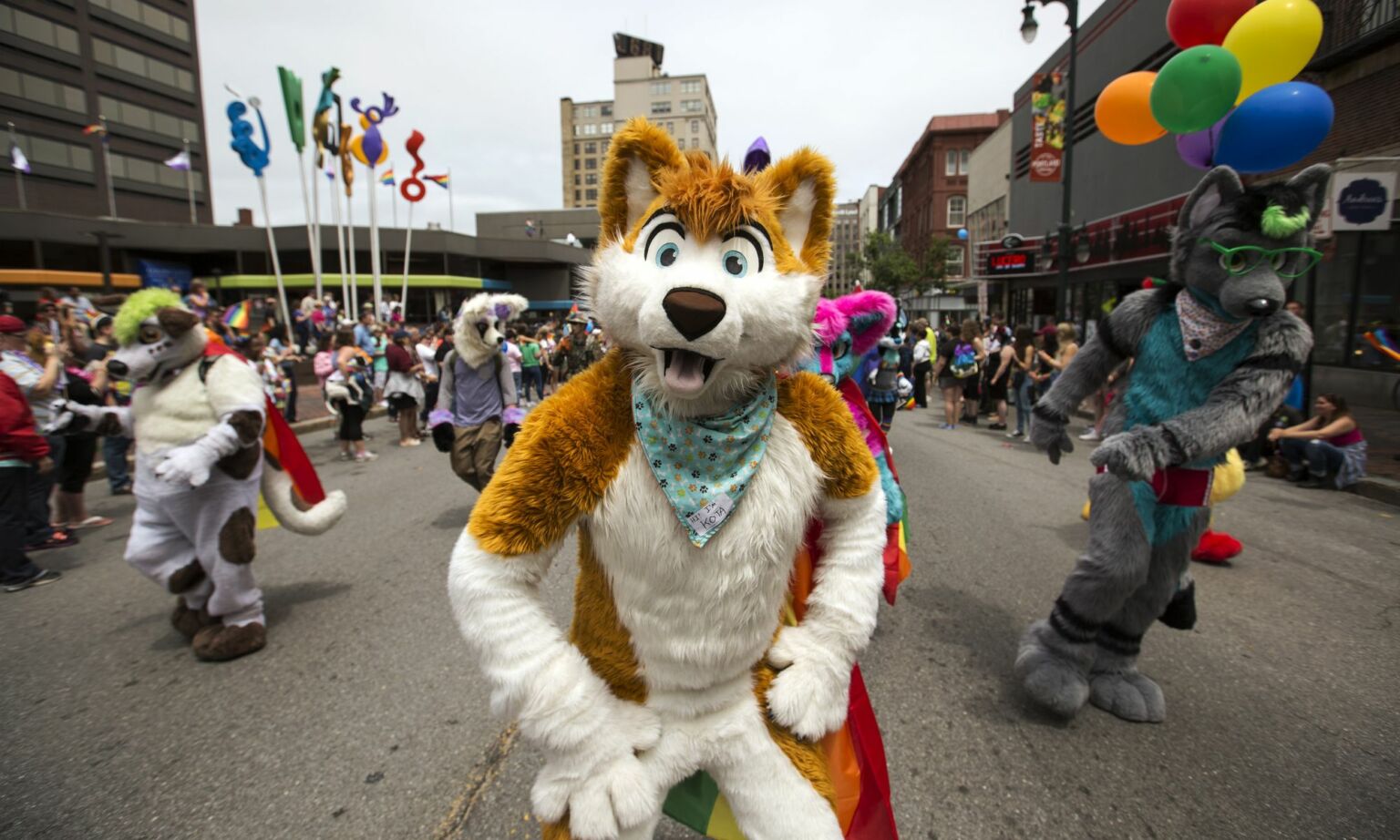
Many of those who call themselves ‘nonbinary’ are similarly vocal, but there is no serious comparison to be made between the historical persecution of homosexuals and experiencing some pushback when you demand that others refer to you as ‘they’ or ‘them’. Coming out as gay in 1970 increased the risk of being violently assaulted; coming out as ‘nonbinary’ today only increases one’s chances of being employed at the BBC.
Of course, all of this must be symptomatic of the developing cult of victimhood in the Western world. Ironically, there is now power in being the victim. Those who claim to be ‘marginalised’ are able to get people fired, drive them from public life, and harass and bully them in the name of ‘progress’. Who would have thought there was so much clout in being oppressed?
Far from being a collective gesture of unity, Pride is now widely interpreted as a celebration of homophobia. This is because it has become infected with gender ideology, which seeks to eliminate gay people from their own history. Although trans-identified individuals were rarely seen at activist meetings and events in the early decades of the gay movement, revisionists are now insisting that gay people owe their rights to the hard work of trans campaigners. We are told that a black trans woman, Marsha P Johnson, was the key figure at the Stonewall riots. This is wrong on many counts. The riots were overwhelmingly dominated by young gay men. Although Johnson took part in the demonstrations, he wasn’t present when the rioting began. Most significantly, by his own admission, he was a transvestite who didn’t identify as female.
Fred Sargeant has been much vilified for exposing the truth of what took place in these early years of the gay rights’ movement, and he is now a thorn in the side of activists whose worldview depends on a narrative that runs contrary to the truth. Recently he posted a link to the Digital Transgender Archive on the Third International Conference on Transgender Law and Employment Policy, which explicitly outlines how gay and trans movements in the 20th century were completely separate. The conflation of the LGB and T is an invention as recent as 2015. As the document explains, while the gay-rights movement in the US began in the 1920s, ‘the existence of a transgendered community that seeks reforms did not come into existence until the 1990s’.
The historical revisionism doesn’t end at Stonewall. Activists have attempted to claim that certain gay historical figures were mistaking their true trans identity for homosexuality. Just as Mormon priests have been known to baptise the dead and thereby convert them unwillingly to their cause, trans activists have been busy harvesting the annals of history for potential recruits. Those falsely claimed as trans include George Eliot, Dr James Barry, Radclyffe Hall and Joan of Arc. People who were gay and gender nonconforming are particularly vulnerable to this kind of retrospective ‘transing’. It’s very convenient for activists that the dead can’t complain.
While many trans campaigners consider themselves supportive of gay rights, overt homophobia is nonetheless often tolerated and encouraged within their circles. There are innumerable examples online of trans activists claiming that homosexuality is a form of transphobia and that only bigots have ‘genital preferences’. ‘If you’re a cis gay man’, writes one, ‘and your sexuality revolves around you not liking female genitalia I hope you die and I will spit on your grave’. A video recently went viral featuring an activist explaining to gay men why they should transition to female and that ‘maybe being gay is an outdated concept’. An online influencer called Davey Wavey uploaded his attempt at gay conversion therapy in a video entitled ‘How To Eat Pussy – For Gay Men’. One can imagine it being shown to young men at an evangelical Christian retreat for those who wish to find a ‘cure’ for their immoral urges.
This isn’t simply a case of a handful of lunatics on the fringe – this idea has also been normalised in mainstream gay culture. Australia’s Human Rights Commission prohibits lesbians from holding female-only events on the grounds that it discriminates against men who identify as female. Sall Grover, the founder of women’s app Giggle, is currently in a legal battle in Australia because she refused to allow a man to join. Stonewall has even redefined ‘homosexuality’ on its website as ‘same-gender attracted’. Its former CEO, Nancy Kelley, once suggested that women who don’t wish to date trans people are ‘sexual racists’. No, Nancy, they’re just gay.
We have seen all this before. In the 1980s, it was a common trope for gay men to be told that they ‘just haven’t found the right girl yet’ and to suggest to lesbians that they ‘just need the right dick’. The rights of homosexuals depend upon a recognition that a minority of people are attracted to their own sex. Once sex is eliminated from the equation, gay rights are no longer tenable.
The most obvious example of how gay rights have been threatened by trans ideology is that young gay people are disproportionately at risk of surgical ‘correction’. Given that between 80 and 90 per cent of adolescents referred to the NHS Tavistock Clinic were orientated towards their own sex, it is clear that in many cases homosexuality was being treated as gender dysphoria. I am usually mistrustful of accusations of various ‘phobias’ which can be used as a rhetorical technique to discourage disagreement. But if medicalising people for being same-sex attracted doesn’t qualify as homophobic, I’m not sure that anything does.
And so Pride and its accoutrements have come to represent an ideology that seeks not only to erase the foundations of gay rights, but also to re-conceptualise same-sex attraction as a condition that requires medical treatment. When police officers decorate their cars with the Pride colours, when NHS workers display the rainbow lanyard, when schools decorate their halls with bunting in solidarity, they are almost certainly doing so with the noble intention of promoting equal rights. But they are inadvertently promoting a movement whose end goal is the eradication of homosexuality.
This is not to deny that the ‘Progress Pride’ flag and all it represents have been embraced by many gay people. It is clearly the case that a majority have not realised the extent to which the flag has been hijacked for a cause that actively works against their interests. The situation has hardly been helped by prominent celebrities, often now referred to as ‘Vichy gays’, who have cheered on this sinister development. Homosexuals are not immune to the condition of useful idiocy.
Given that Pride has become so divisive, and given that so many lesbians, bisexuals and gay men now consider it to be an essentially hostile enterprise, it would be prudent for corporations and government bodies to stop pretending that there is a consensus on this issue. Ignorance is no longer an excuse. By flying the ‘Progress Pride’ flag, they are taking a side in a highly contentious cultural debate, one that alienates as many gay people as it attracts. Those who are serious about gay rights need to distance themselves from Pride once and for all.
Andrew Doyle is author of The New Puritans: How the Religion of Social Justice Captured the Western World, published by Constable.
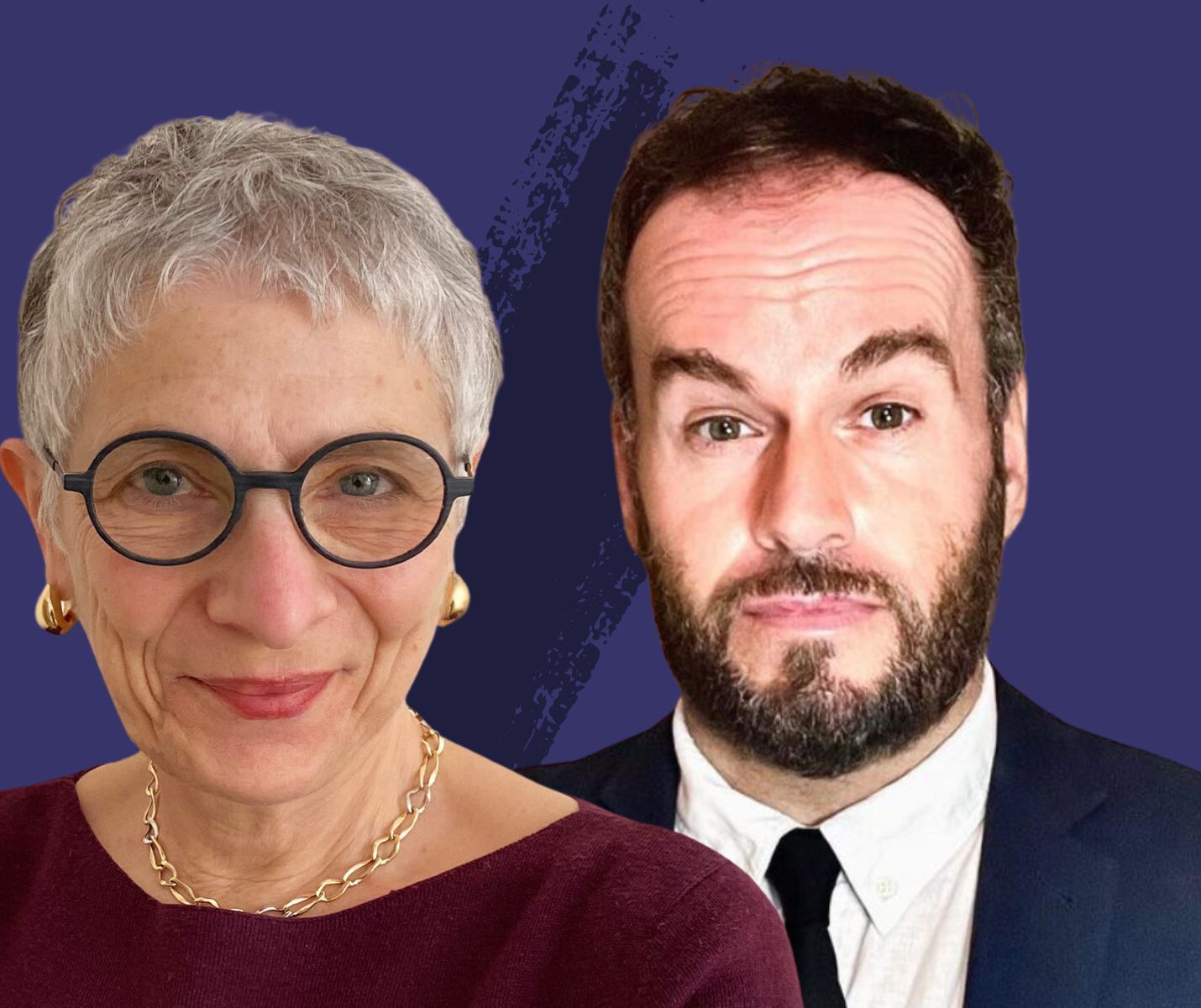
Melanie Phillips and Brendan O’Neill – live and in conversation
Wednesday 26 June – 8pm to 9pm BST
This is a free event, exclusively for spiked supporters.
Picture by: Getty.
To enquire about republishing spiked’s content, a right to reply or to request a correction, please contact the managing editor, Viv Regan.


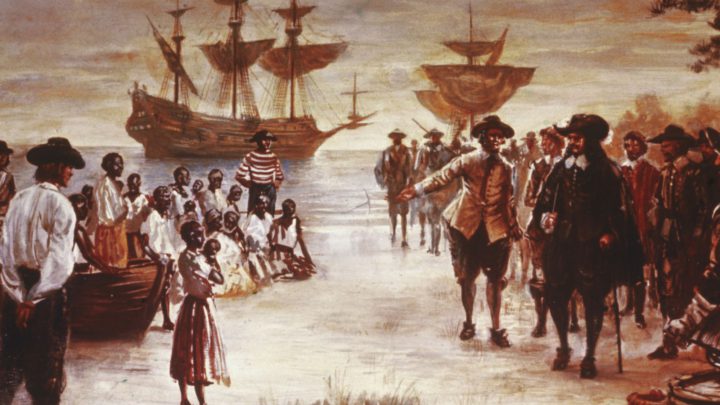
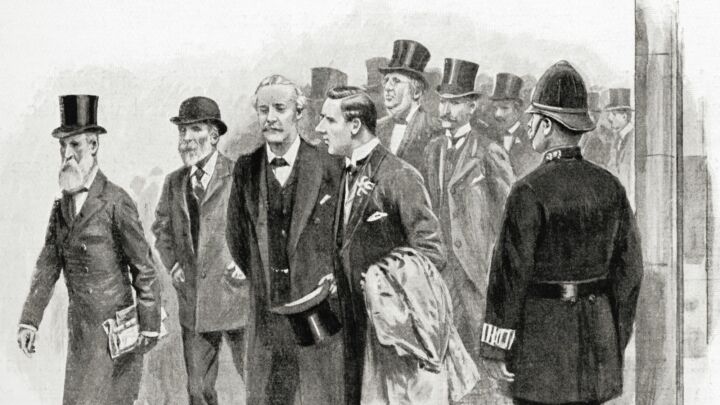


Comments
Want to join the conversation?
Only spiked supporters and patrons, who donate regularly to us, can comment on our articles.